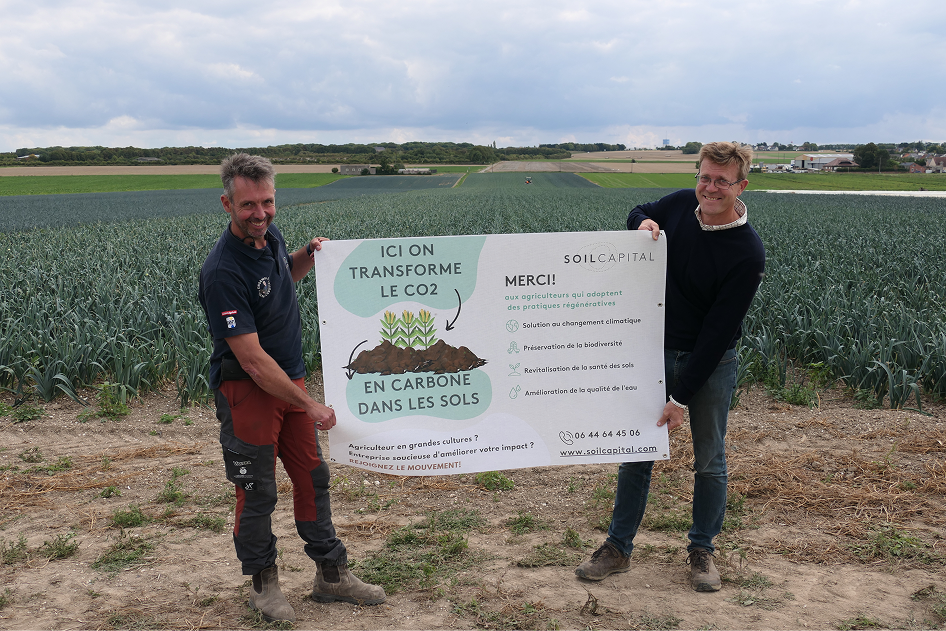Soil Capital
Early 2025, the ClimateSeed team had the privilege of visiting Raphaël Musnier’s farm in Courtablon, La Ferté-sous-Jouarre just outside Paris. Raphaël is one of the ambassadors of the Soil Capital program, having joined its first cohort in 2021, benefiting from a model that rewards its regenerative performance, valorizing his historical implementation of environmentally beneficial good practices.
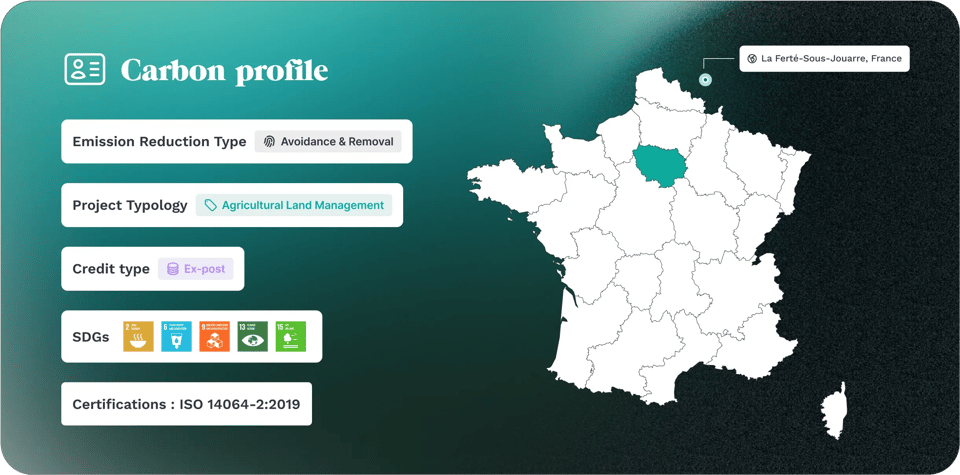
The main initiatives
The visit included the presence of the AXA team, one of ClimateSeed’s clients who supports the Soil Capital project.
Farming for Resilience & Regeneration
The idea behind the visit was to experience how a farmer’s regenerative agriculture transition is deployed in practice. Raphaël shared his journey towards building a climate-resilient farm, highlighting the key changes he has made. It was truly inspiring to observe the visible improvements on soil health and the presence of diverse insect life underscored the practical benefits of regenerative agriculture.
Our conversations were equally enriching, focusing on how such an agricultural transition can strengthen the resilience of both ecosystems and farming communities. Witnessing this kind of collaboration between farmers, connectors like Soil Capital, and partners like AXA and ClimateSeed gives us hope for a more sustainable farming system, where agriculture restores the land while feeding people responsibly.
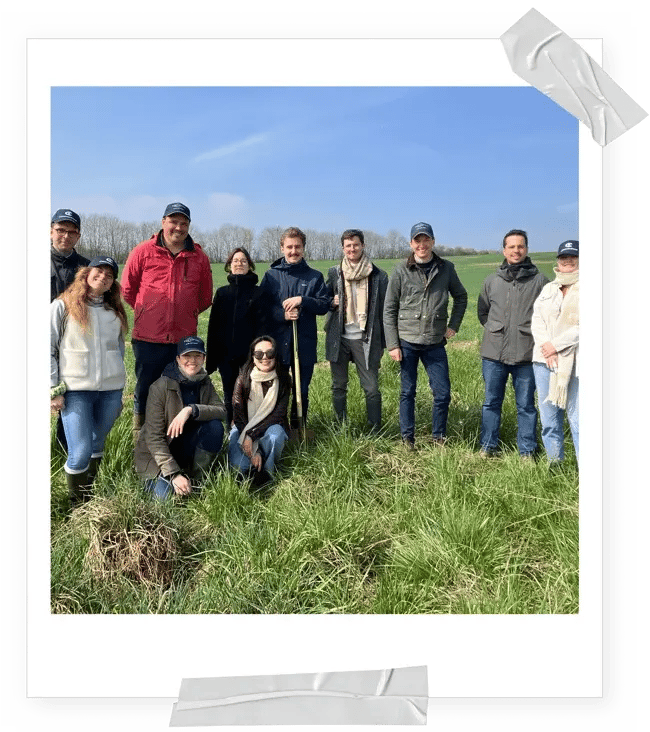
Soil Capital: At the Forefront of Agricultural Transition
Soil Capital is a mission-driven company with deep expertise in regenerative agriculture and a clear goal: to support farmers in regenerating as much land as possible, as fast as possible. Soil Capital was founded in 2013 as an independent agronomy firm by three farming and finance professionals.
In 2019, the company launched Europe’s first certified carbon payment program, designed specifically to accelerate the adoption of regenerative agriculture. Today, the program supports over 1,800 farmers across France, Belgium, and the UK, covering nearly 500,000 hectares of farmland. It works by valuing reduced emissions and increased soil carbon storage on voluntary carbon markets, with a strong focus on transparency and scientific integrity.
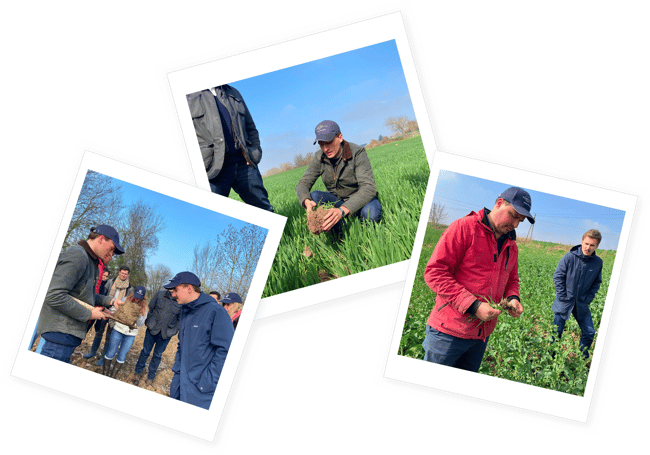
A Fair & Regenerative Carbon Reward Model
With an approach based on transparent agronomic exchanges, Soil Capital rewards farmers by generating and selling carbon certificates while going beyond just carbon impact. The environmental benefits include soil health, water quality, biodiversity protection, as well as the socio-economic well-being of farmers.
By connecting farmers to food and fiber companies committed to building regenerative supply chains, Soil Capital helps create systemic change. It also enables other companies to contribute to agricultural transformation as part of their net-zero strategies.
The program funds the acceleration of the transition and provides the recognition that farmers have long lacked. 70% of carbon credit revenues are returned to farmers, and more than €10 million has already been redistributed. This model not only provides fair compensation for sustainable practices but also fosters long-term resilience and socio-economic well-being for farming communities.
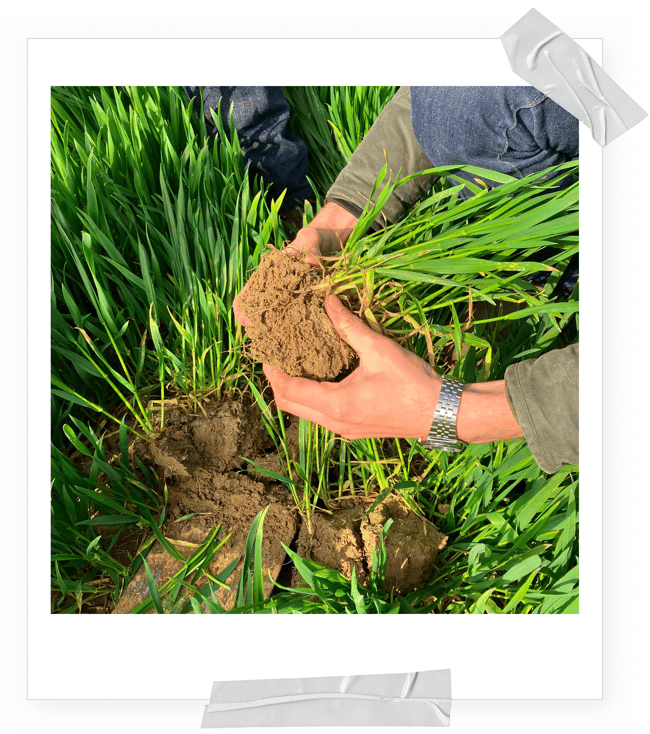
Five Core Regenerative Practices
Maximize organic inputs
Reduce reliance on synthetic fertilizers, which deplete soil health and contribute to greenhouse gas emissions and water pollution. Instead, organic matter like manure or compost naturally enriches the soil and improves water retention.
Minimize soil disturbance
Avoid deep tillage that disrupts soil life and reduces stable organic matter. Low- or no-till methods help preserve soil structure, enhance biodiversity (e.g., earthworms), and store carbon in topsoil layers.
Increase cover cropping
Use cover crops between main crops to protect and feed the soil, capture carbon, retain water, and prevent erosion.
Diversify crop rotations
Rotate crops across space and time to enhance biodiversity, reduce soil degradation, and limit pest and disease pressure counteracting the negative effects of monoculture.
Integrate agroforestry
Introduce trees on farmland to improve ecosystem stability, boost biodiversity, and enhance carbon capture.
Testimonials
%203-1.webp?width=2460&height=2440&name=DSC02995%20(2)%203-1.webp)
%203.webp?width=2408&height=2440&name=DSC02995%20(2)%203.webp)

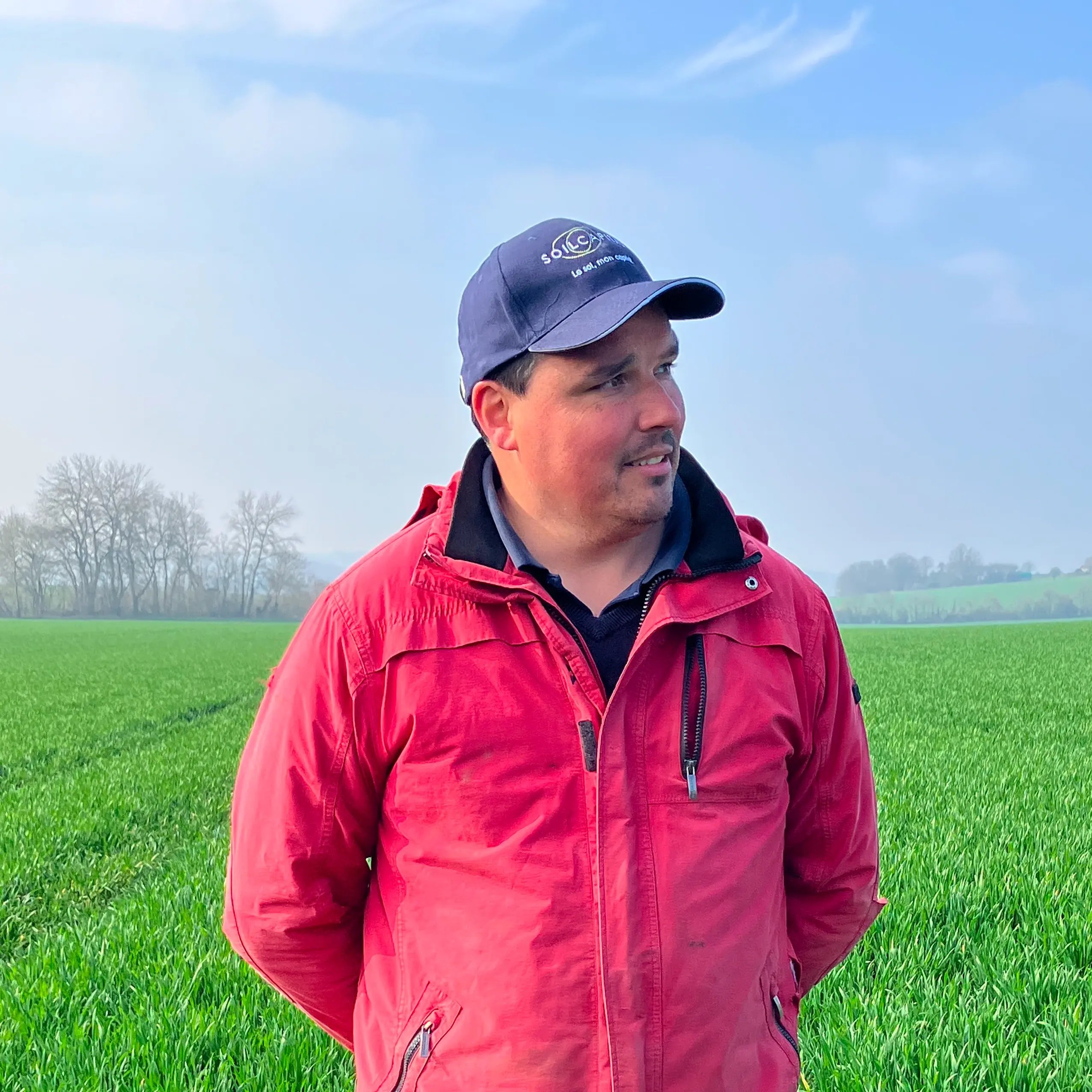
Le calcul de l'empreinte carbone du salon Autonomy était une opportunité précieuse pour identifier les sources d'émissions les plus importantes. Le partenariat avec ClimateSeed a permis de mieux comprendre les habitudes des participants et des prestataires, et de collaborer avec eux pour diminuer l’empreinte commune actuelle et future.

Adeline Larroque
Sustainable Event expert of Autonomy
Keys elements
1.800
involved in France, Belgium & the United Kingdom
€10M
redistributed to farmers for their certified results
500,000 ha
farmed using regenerative practices
380.000 tC02
have been reduced or removed
A Promising Partnership for Impactful, Certified Carbon Projects
The partnership between Soil Capital and ClimateSeed, launched in 2024, is already showing promising results with several successful carbon credit sales. ClimateSeed’s clients are primarily drawn to projects that meet, as AXA mentioned, three main criteria:
Strong environmental impact: including not just carbon reduction but also co-benefits for biodiversity, soil health, & local communities.Geographic relevance: with projects based in countries where the company operates, with European geography representing a real asset for lots of clients.
Robust certification: such as Gold Standard, Verra, or compliance with ISO 14064-2, in the Soil Capital case.

Why Regenerative Agriculture Is a Strategic Fit for Insurers Like AXA
For AXA, Soil Capital’s program brings additional value from an insurance perspective. First, for property insurers, regenerative farming enhances resilience to extreme weather.
During droughts: practices like cover cropping and reduced tillage improve water retention in the soil.
Second, from a health insurance angle, the reduction of chemical inputs in regenerative farming also lowers air and water pollution, contributing to better public health outcomes.
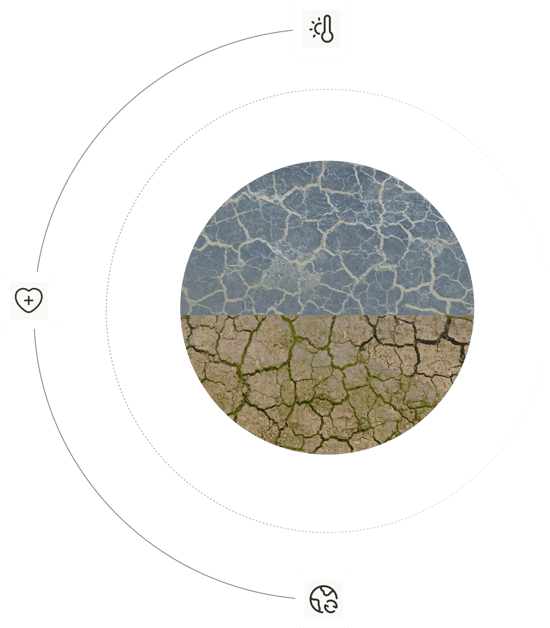
Want to find out more?
Explore further
.jpg?width=4928&height=3264&name=sun-shining-in-rain-drops-alt-sunset-in-nature-2022-02-02-03-49-48-utc%20(1).jpg)
Embracing Regenerative Agriculture, why is it crucial?

Does Regenerative Agriculture Generate Carbon Avoidance or Removal Credits?
